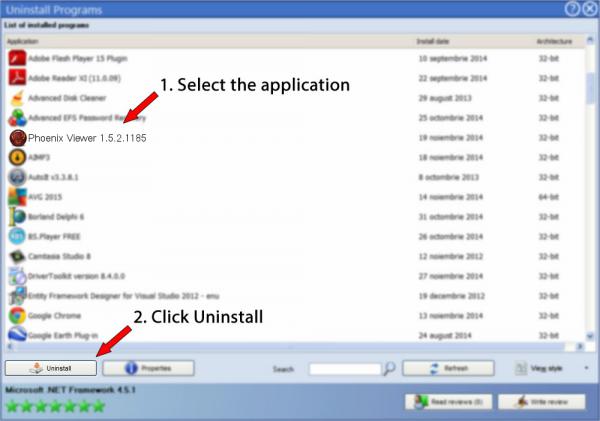

To investigate this, the SHU3DED (Sheffield Hallam University 3D Education) cyber campus was developed, and a mixture of quantitative and qualitative research was performed. However, little is know about the extent to which cyber campuses can support students experiencing barriers hindering access to education. The educational capabilities of cyber campuses have been investigated thoroughly in the literature (Gregory et al., 2014). It has been suggested that the learning experience of students using these cyber campuses is related to their perceptions of presence, awareness, communication and sociability (De Lucia et al., 2009). These are 3D environments where students can meet and share information, and synchronously communicate and collaborate (Prasolova-Førland et al., 2006). One example of this is the use of cyber campuses. To mitigate the effects of such barriers, e-learning technologies are widely used. There are many barriers hindering access to education for some students, significantly affecting their learning experience (Cross, 1981). A number of other features were suggested by the users as being potentially useful additions for improving accessibility. One user with a visual impairment also suggested it would be valuable to have an in-world landing place housing training materials and orientation features.
#Al phoenix viewer how to#
While help is currently available via the website, and to a certain extent is also built into the interface of AccessGlobe, as the independent evaluator suggested, people with disabilities are still likely to need assistance in the beginning to ensure they understand how to set up and access the built-in accessibility features.

The users and independent evaluator emphasised the importance of providing embedded help functions in-world and via the web portal. The tab-index functionality was seen by users with mobility impairments as well as by the blind user to be an important accessibility feature. The customisable features such as text size and colour and the incorporation of customisable skins, designed to accommodate visually impaired users not reliant on screen readers, were also highly regarded. The qualitative comments made by reviewers suggest that they deemed the audio feedback provided in-world to be helpful in enabling users with visual impairments to better communicate via text chat, and to interact more effectively with objects within the 3DVLE. As Figure 4 shows, more than half of the reviewers (6 or 54.5%) saw the AccessGlobe viewer as 'greatly improving' accessibility for users with disabilities, while 4 (36.4%) saw it as 'improving' accessibility for such users. Independent reviews conducted by Media Access Australia (Hollier, 2010) and users (including 8 users with disabilities) found that the AccessGlobe viewer, used in conjunction with Virtual Helping Hands' Max Voice technology, significantly improves the accessibility of user experiences in 3DVLEs. Half of the participants identified as Second Life users, with the remaining specifying that they used multiple platforms. The majority of them (6 or 54.5%) reported having five or more years' experience with 3DVEs, with only 1 (an individual with a mobility impairment) claiming being a 'novice' user. 11 participants were invited to rate the importance of each these features in aiding accessibility for students with disabilities.


 0 kommentar(er)
0 kommentar(er)
